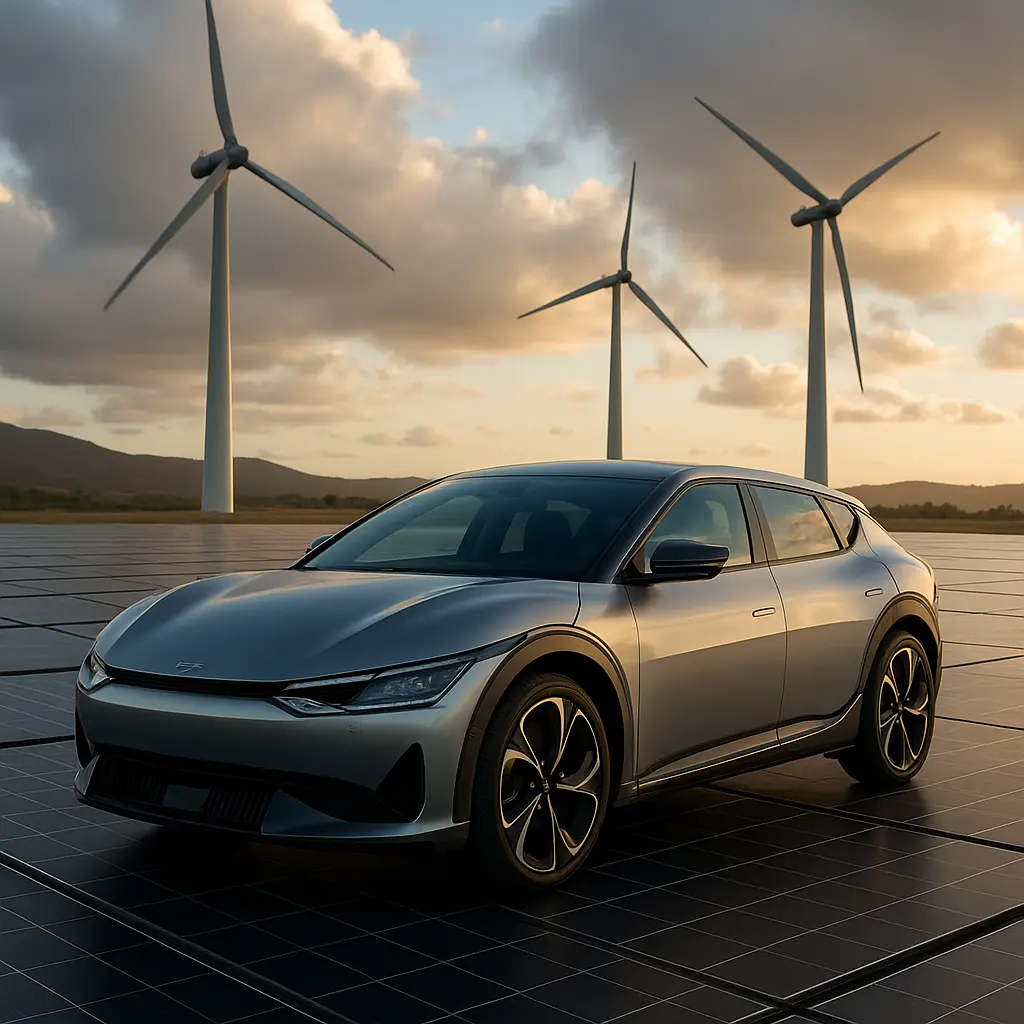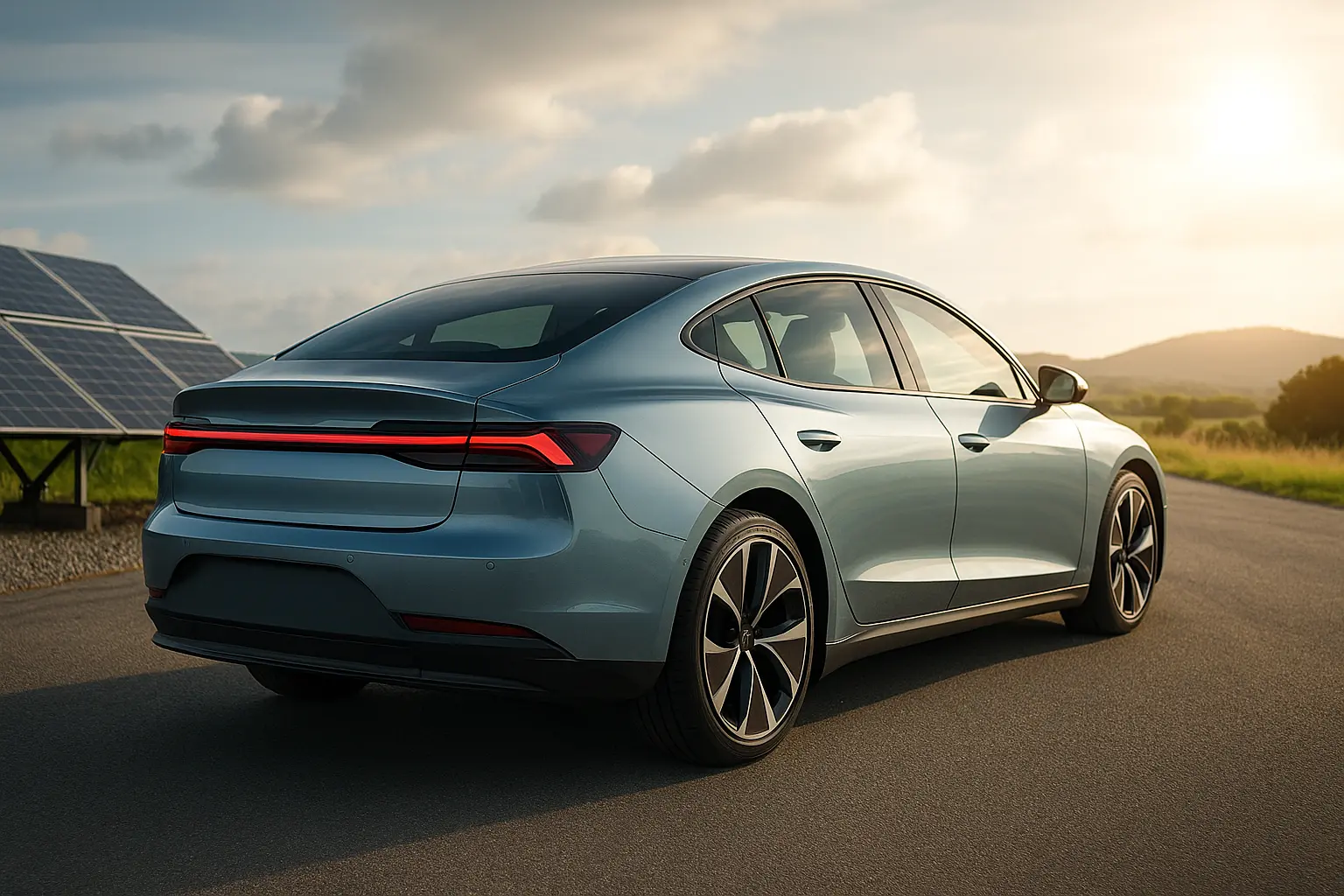In 2025, the automotive industry finds itself in the middle of an urgent transformation. Rising global temperatures, more frequent extreme weather events, and growing government pressure for decarbonisation have made climate change a central factor in car design.
For Australian consumers, this is more than an environmental issue — it’s about how their vehicles will handle hotter summers, unpredictable rain patterns, and stricter emissions regulations. From sustainable materials to eco-friendly drivetrains and smart energy management systems, climate change is shaping every detail of modern cars.
This article explores how climate change is influencing car design in 2025, the innovations we’re seeing, and what it means for drivers in Australia.

The Link Between Climate Change and Car Design
The automotive sector has long been both a contributor to and a victim of climate change. Globally, cars account for a significant share of CO₂ emissions. At the same time, changing environmental conditions are forcing automakers to design vehicles that can operate reliably in new climate realities.
Key factors driving change include:
- Government policies & emissions targets – Australia’s growing commitment to net-zero and stricter fuel efficiency standards.
- Consumer demand for eco-conscious products – Buyers want sustainable, low-emission vehicles without sacrificing performance.
- Climate resilience requirements – Vehicles must withstand harsher heat, storms, and flooding.
Sustainability at the Core – Green Materials Revolution
One of the most significant shifts in car design is the move away from traditional, resource-heavy materials to sustainable alternatives.
In 2025, green material trends include:
- Recycled plastics – Car interiors using plastics recovered from ocean waste.
- Plant-based leather – Vegan leather from cactus, pineapple leaves, or corn by-products.
- Bamboo fibres – Lightweight, durable, and renewable for interior trims.
- Low-impact paints – Water-based coatings that emit fewer volatile organic compounds (VOCs).
Example: The Polestar 2 in Australia now offers an interior free from animal products and made from recycled PET bottles, showing that sustainability can be stylish.
Aerodynamics and Efficiency – Every Curve Counts
With climate change pushing for lower emissions, manufacturers are focusing heavily on aerodynamics to improve efficiency.
Changes in 2025 design philosophy:
- Sleeker shapes to reduce drag coefficient (Cd).
- Active grille shutters that close at higher speeds to improve airflow.
- Lower ride heights in EVs to improve stability and efficiency.
- Use of underbody panels to smooth airflow and reduce turbulence.
Impact: Better aerodynamics mean vehicles require less energy to move — a win for both petrol cars (better fuel economy) and EVs (extended range).
Electrification – The Heart of the Climate Response
Electric vehicles (EVs) are no longer niche in Australia; they’re central to every major manufacturer’s climate strategy.
Design changes driven by EV adoption:
- Flat battery platforms enabling more spacious interiors.
- Regenerative braking systems to recover energy and reduce waste.
- Heat pump systems for cabin climate control, using less battery power.
- Larger battery packs for extended range, designed with recyclable modules.
2025 Highlight Models:
- Tesla Model Y Long Range – aerodynamic efficiency plus sustainable manufacturing.
- Hyundai IONIQ 6 – ultra-low drag design, pushing range above 600 km in optimal conditions.
Hybrid Innovation – Bridging the Gap
While EV adoption grows, hybrids and plug-in hybrids (PHEVs) remain vital in Australia’s climate-conscious automotive scene.
Climate-driven design in hybrids includes:
- Optimised engine start-stop systems for urban driving.
- Lighter chassis materials to offset battery weight.
- Enhanced thermal management to improve battery life in hot climates.
Climate-Resilient Engineering
Australia’s climate brings unique challenges — scorching heatwaves, sudden storms, and even flooding in certain regions.
2025 resilience-focused features:
- Improved battery cooling systems to prevent overheating.
- Sealed electrical components to withstand water ingress during floods.
- Advanced filtration to cope with increased dust and smoke from bushfires.
- High-strength chassis to endure extreme weather impacts.
Alternative Fuels and the Push Beyond Petrol
Although EVs dominate the sustainability conversation, other fuel technologies are gaining momentum.
In Australia, 2025 trends include:
- Hydrogen fuel-cell vehicles (Toyota Mirai, Hyundai NEXO) for zero-emission driving.
- Biofuels blended into petrol and diesel for reduced carbon output.
- Synthetic fuels for performance cars seeking carbon neutrality.
Smart Energy Management and AI in Cars
Artificial intelligence is making cars not just greener but smarter.
Key developments in 2025:
- Predictive navigation that selects routes for maximum efficiency.
- Solar panel integration in car roofs for trickle-charging.
- Energy-sharing tech allowing EVs to power homes or other vehicles.
Government Influence on Car Design
Policies in Australia are accelerating climate-focused car design:
- Fuel efficiency standards pushing manufacturers to lower average CO₂ output.
- EV purchase incentives making sustainable models more attractive.
- Urban low-emission zones encouraging compact, zero-emission designs.
The Consumer Shift – Style Meets Sustainability
Australian car buyers in 2025 want eco-friendly vehicles without compromising on aesthetics or performance. This demand has led to cars that are:
- Stylish yet aerodynamic.
- Luxurious yet made from sustainable materials.
- Powerful yet efficient.
Challenges for Manufacturers
The climate shift in design isn’t without challenges:
- Higher production costs for sustainable materials.
- Supply chain limitations for rare-earth metals in EV batteries.
- Need for robust charging infrastructure in rural Australia.
The Road Ahead – 2030 and Beyond
By 2030, climate change will likely make full electrification the norm for new cars in Australia, with sustainable design as standard. Hydrogen tech may expand, and autonomous driving could further optimise efficiency.
Conclusion – Climate Change Is Redefining the Car as We Know It
In 2025, car design is no longer just about speed, style, or comfort — it’s about survival, responsibility, and resilience. Climate change has forced automakers to rethink every aspect of vehicles, from the materials they’re made from to the energy that powers them.
For Australian drivers, the cars of today are a preview of a greener, smarter, and more sustainable future.
Leave a comment
Your email address will not be published. Required fields are marked *




















